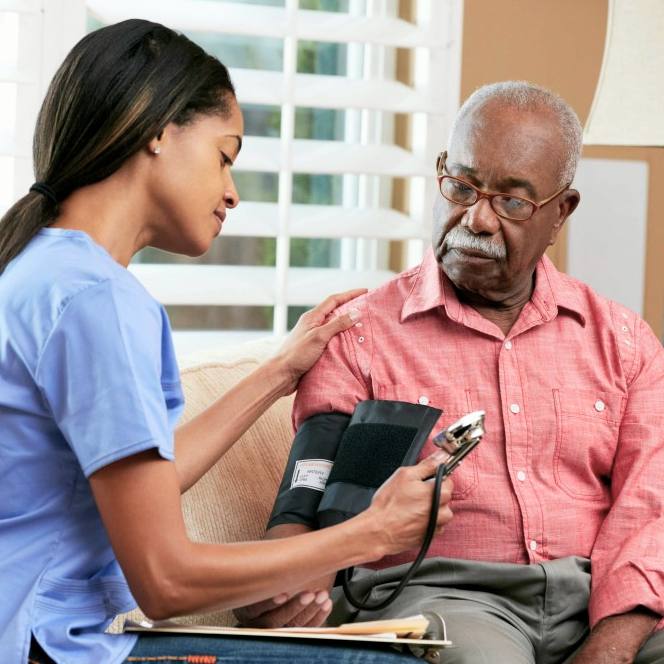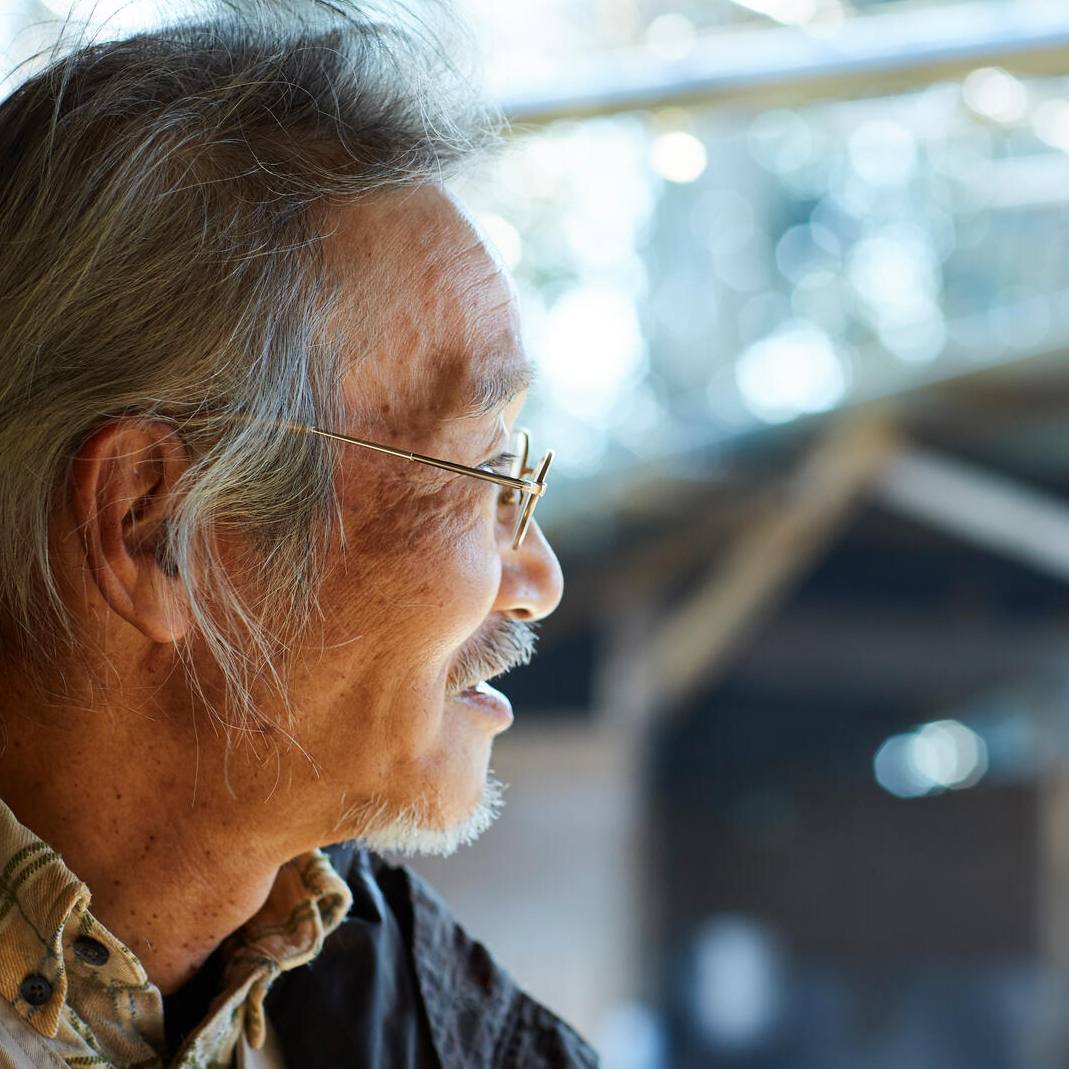Cardiovascular diseases—such as stroke —are a leading cause of death and disability in the U.S.
A stroke happens when blood supply to the brain is interrupted or reduced, preventing brain tissue from getting oxygen and nutrients. This causes brain cells to become damaged or die.
Risks of stroke vary by race and ethnicity. African American men and women are more likely to have a stroke than any other population in the country. Dr. Maisha Robinson, a Mayo Clinic neurologist, talks about what African American adults can do to lower their risk of stroke.
Watch: The Mayo Clinic Minute.
Journalists: Broadcast-quality video pkg (0:59) is in the downloads at the end of the post.
Please courtesy: "Mayo Clinic News Network." Read the script.
Everyone is at risk of stroke. But minorities are at greatest risk.
"We don’t understand exactly all the reasons behind this, but what we know is that the similar risk factors for stroke, which are apparent in the entire population, are more common, particularly in African Americans," says Dr. Robinson.
She says African Americans are not only at increased risk of having a stroke, but they're also at increased risk of being debilitated by or dying from a stroke.
"Knowing your numbers, being able to assess the situation and then addressing the situation with regard to blood pressure, cholesterol, diabetes, weight, diet is very important, especially in that population," says Dr. Robinson.
Stroke is a medical emergency. Symptoms include difficulty speaking, paralysis or numbness in the face, arm or leg, difficulty seeing, difficulty walking or a sudden intense headache.
It's important to act quickly and call 911 if you or someone you are with shows signs of having a stroke.
Related posts:
- "Heart disease in African American women: The health disparities and how to overcome them."
- Mayo Clinic Minute: Artificial intelligence may help some stroke patients."
For the safety of its patients, staff and visitors, Mayo Clinic has strict masking policies in place. Anyone shown without a mask was recorded prior to COVID-19 or recorded in an area not designated for patient care, where social distancing and other safety protocols were followed.







